Your Temporary tables and redo images are ready in this website. Temporary tables and redo are a topic that is being searched for and liked by netizens today. You can Download the Temporary tables and redo files here. Find and Download all royalty-free photos.
If you’re looking for temporary tables and redo pictures information linked to the temporary tables and redo keyword, you have visit the ideal blog. Our site frequently gives you hints for refferencing the maximum quality video and image content, please kindly search and find more informative video content and graphics that match your interests.
Temporary Tables And Redo. This is primarily due to less redo activity when a session is applying DML to temporary tables. ———— The UNDO logs currently reside in the system-tablespace or in dedicated undo- tablespaces undo tablespaces are configurable by user and are optional for all objects created in system. The undo associated with global temporary tables adds to the total space needed to meet the undo retention period. Blocks in a temporary tablespace are not proteced by redo so nologging is on by default as you say.

Undo logs that reside in the temporary tablespace are used for transactions that modify data in user-defined temporary tables. When this parameter is set to TRUE the undo for temporary tables is called. On the Oracle side its a good practice the generation of statistics for the sessions that include considerable volume of data in GTT in order to. As we are aware that undo records for temporary tables are stored in the undo tablespace and therefore logged in the redo. SET AUTOTRACE ON STATISTICS. Read-mostly reporting applications that use global temporary tables for storing temporary data can be offloaded to an Oracle Active Data Guard instance.
Undo logs that reside in the temporary tablespace are used for transactions that modify data in user-defined temporary tables.
INSERT INTO my_temp_table WITH data AS SELECT 1 AS id FROM dual CONNECT BY level 10000 SELECT rownum TO_CHARrownum FROM data a data b WHERE rownum. The undo associated with global temporary tables adds to the total space needed to meet the undo retention period. The redo for the undo must be created because all undo is treated the same the undo tablespace would appear corrupt upon an instance failuremedia recovery event if the undo went missing. Temporary tables in Oracle are different to SQL Server. The rows you insert into it are visible only to your session and are automatically deleted ie TRUNCATE not DROP when you end you session or end of the transaction depending on which ON COMMIT clause you use. These undo logs are not redo-logged as they are not required for crash recovery.
 Source: pinterest.com
Source: pinterest.com
For the temporary tables in PostgreSQL its advisable do not use the same name of a permanent table in a temporary table. Global Temporary table can produce excessive redo generation - Be Careful Ive noticed that global temporary tables produces a lot of redo loggging. A Global Temporary Table stores its data in a Temporary Tablespace where the data is retained for the duration of either a single transaction or the lifetime of a session. The biggest change is to create the table at deployment time not at runtime. INSERT INTO my_temp_table WITH data AS SELECT 1 AS id FROM dual CONNECT BY level 10000 SELECT rownum TO_CHARrownum FROM data a data b WHERE rownum.
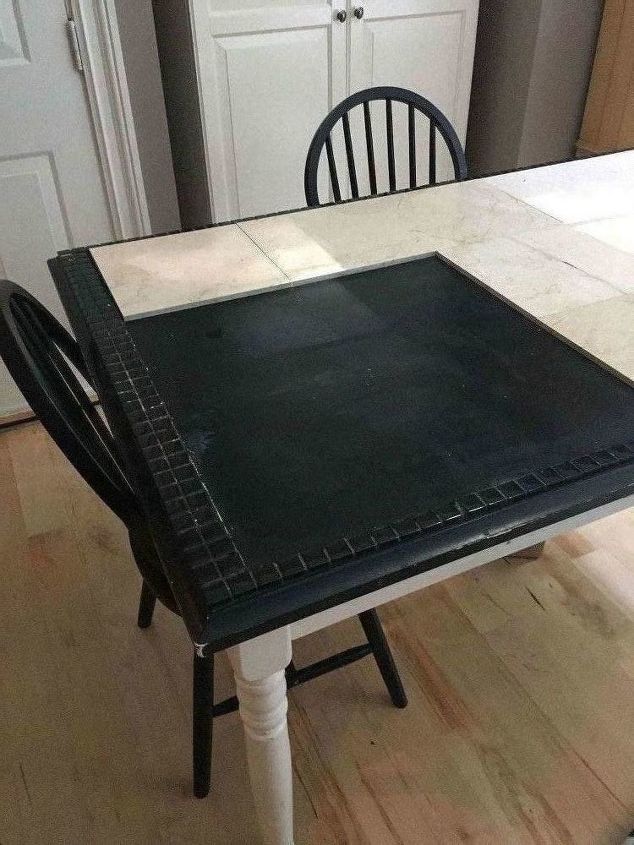 Source: hometalk.com
Source: hometalk.com
The temporary tables are automatically dropped in PostgreSQL or deletedin Oracle once the sessiontransaction ends. When this parameter is set to TRUE the undo for temporary tables is called. What this effectively means is that operations on temporary tables will no longer generate redo. The temporary tables are automatically dropped in PostgreSQL or deletedin Oracle once the sessiontransaction ends. For example if you are processing a large number of rows the results of which are not needed when the current session has ended you should create the table as a temporary table instead.
 Source: docs.oracle.com
Source: docs.oracle.com
Blocks in a temporary tablespace are not proteced by redo so nologging is on by default as you say. This is primarily due to less redo activity when a session is applying DML to temporary tables. A GLOBAL TEMPORARY table has a persistent definition but data is not persistent and the global temporary table generates no redo or rollback information. The biggest change is to create the table at deployment time not at runtime. Global temporary tables contain transient data which is not needed in a recovery scenario so protecting them with redo represents an unnecessary additional load on the system.
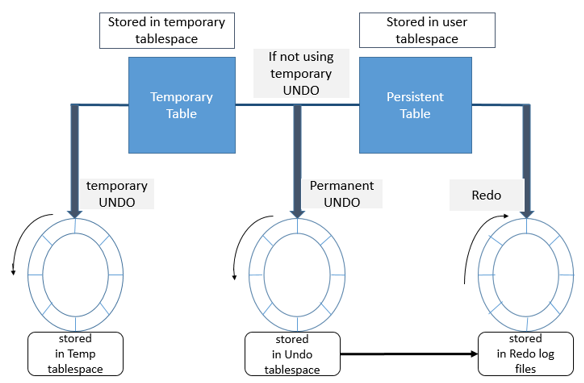 Source: ktexperts.com
Source: ktexperts.com
The redo for the undo must be created because all undo is treated the same the undo tablespace would appear corrupt upon an instance failuremedia recovery event if the undo went missing. What this effectively means is that operations on temporary tables will no longer generate redo. DML statements on temporary tables do not generate redo logs for the data changes. However you can use the TEMP_UNDO_ENABLED initialization parameter to separate undo for temporary tables from undo for persistent tables. With Oracle12c this default bahavoiour can be changed with initialization parameter TEMP_UNDO_ENABLED that separated undo for temporary tables from undo for persistent tables.
 Source: blog.psftdba.com
Source: blog.psftdba.com
When temporary undo is enabled on the primary database undo for changes to a global temporary table are not logged in the redo and thus the primary database generates less redo. For example if you are processing a large number of rows the results of which are not needed when the current session has ended you should create the table as a temporary table instead. When temporary undo is enabled on the primary database undo for changes to a global temporary table are not logged in the redo and thus the primary database generates less redo. However undo logs for the data and redo logs for the undo logs are generated. Temporary tables in Oracle are different to SQL Server.
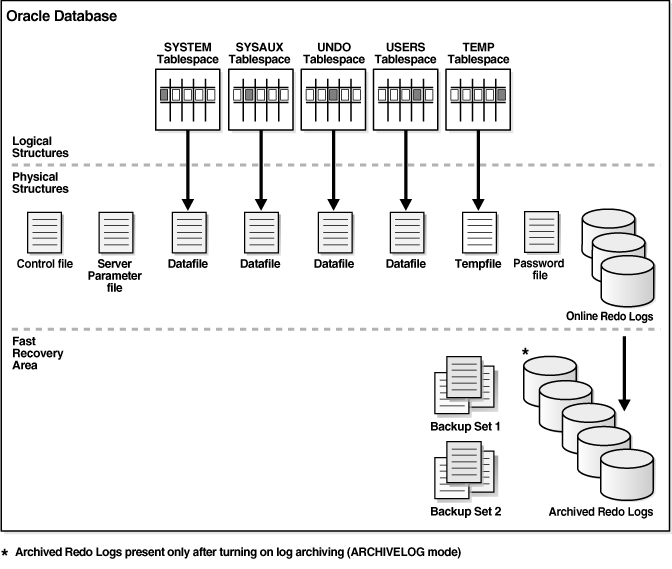 Source: docs.oracle.com
Source: docs.oracle.com
Global temporary tables contain transient data which is not needed in a recovery scenario so protecting them with redo represents an unnecessary additional load on the system. Hence you can reduce marginally typically as it is usually indexes that generate the most undo the amount of redo but you cannot eliminate it. They are used only for rollback while the server is running. What this effectively means is that operations on temporary tables will no longer generate redo. Yes temporary tables generate UNDO - and therefore generate REDO for the UNDO.

The storage for temporary tables is allocated entirely from the temporary tablespace. DML statements on temporary tables do not generate redo logs for the data changes. Temporary tables in Oracle are different to SQL Server. The undo associated with global temporary tables adds to the total space needed to meet the undo retention period. For example if you are processing a large number of rows the results of which are not needed when the current session has ended you should create the table as a temporary table instead.
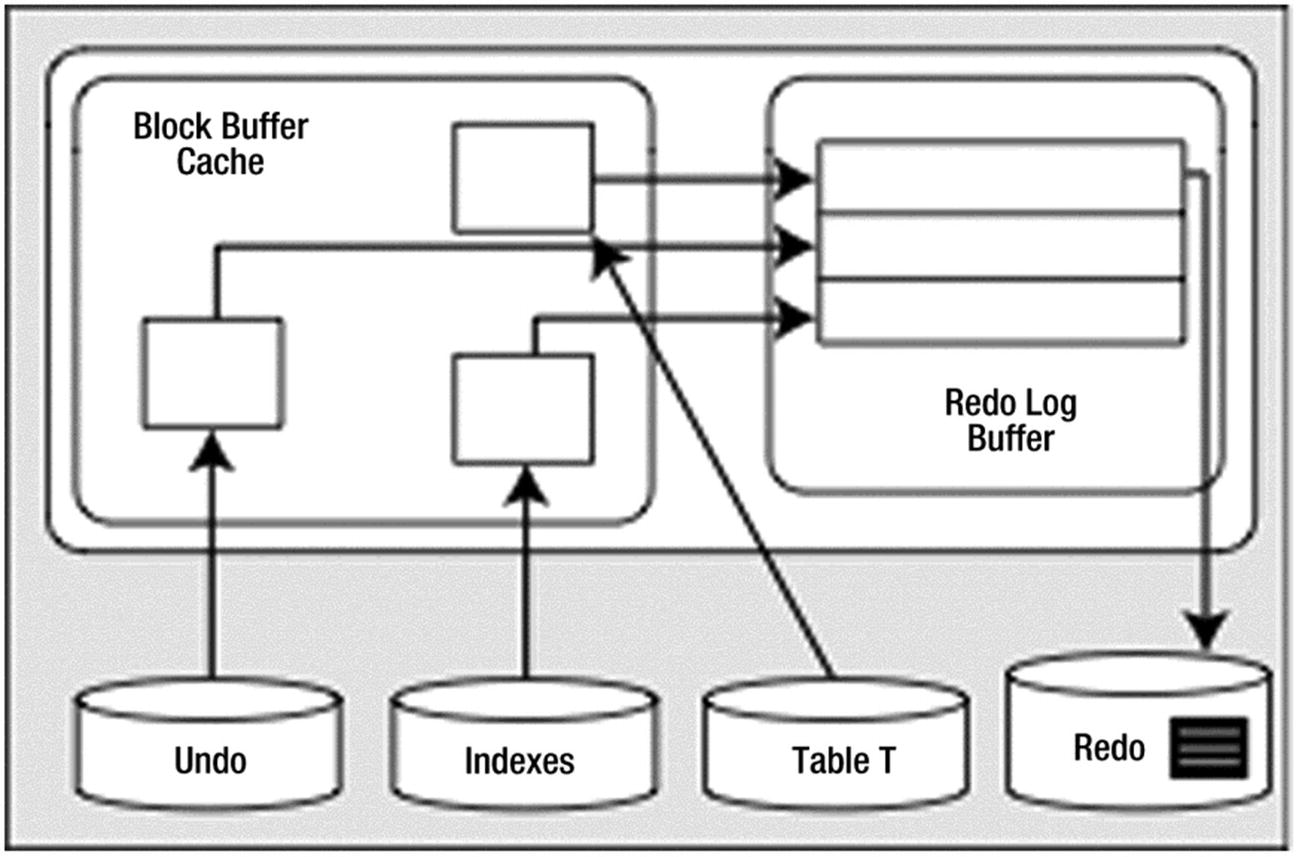 Source: link.springer.com
Source: link.springer.com
When temporary undo is enabled on the primary database undo for changes to a global temporary table are not logged in the redo and thus the primary database generates less redo. This work log adds an additional type of UNDO log one that is not redo logged and resides in the temp-tablespace. A Global Temporary Table stores its data in a Temporary Tablespace where the data is retained for the duration of either a single transaction or the lifetime of a session. Albert Nelson A. Read-mostly reporting applications that use global temporary tables for storing temporary data can be offloaded to an Oracle Active Data Guard instance.
 Source: pinterest.com
Source: pinterest.com
———— The UNDO logs currently reside in the system-tablespace or in dedicated undo- tablespaces undo tablespaces are configurable by user and are optional for all objects created in system. This type of undo log benefits performance by avoiding redo logging IO. The biggest change is to create the table at deployment time not at runtime. INSERT INTO my_temp_table WITH data AS SELECT 1 AS id FROM dual CONNECT BY level 10000 SELECT rownum TO_CHARrownum FROM data a data b WHERE rownum. A they generate LESS redo - in most cases significantly less redo no indexes and if you can use a session based global temporary table - they can generate almost NO UNDO using insert append b they do not require an expensive delete operation c they require less work on the part of the developer since they clean themselves out.
 Source: pinterest.com
Source: pinterest.com
Blocks in a temporary tablespace are not proteced by redo so nologging is on by default as you say. Performing DML on a Global Temporary Table doesnt generate redo because the data is stored in a temporary tablespace but it does generate undo which in turn will generate redo since the undo is stored in a permanent tablespace. Undo logs that reside in the temporary tablespace are used for transactions that modify data in user-defined temporary tables. A GLOBAL TEMPORARY table has a persistent definition but data is not persistent and the global temporary table generates no redo or rollback information. This work log adds an additional type of UNDO log one that is not redo logged and resides in the temp-tablespace.
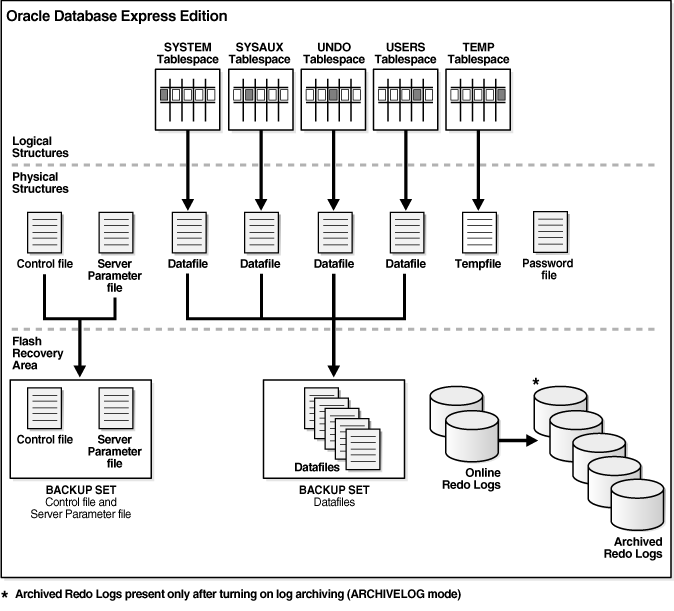 Source: docs.oracle.com
Source: docs.oracle.com
Read-mostly reporting applications that use global temporary tables for storing temporary data can be offloaded to an Oracle Active Data Guard instance. The facts surrounding a global temporary table are. Yes temporary tables generate UNDO - and therefore generate REDO for the UNDO. Hence you can reduce marginally typically as it is usually indexes that generate the most undo the amount of redo but you cannot eliminate it. The rows you insert into it are visible only to your session and are automatically deleted ie TRUNCATE not DROP when you end you session or end of the transaction depending on which ON COMMIT clause you use.
 Source: docs.oracle.com
Source: docs.oracle.com
The biggest change is to create the table at deployment time not at runtime. With Oracle12c this default bahavoiour can be changed with initialization parameter TEMP_UNDO_ENABLED that separated undo for temporary tables from undo for persistent tables. UNDO is always protected by redo. Even more than that there is no current version and read consistent version of the temporary blocks. Read-mostly reporting applications that use global temporary tables for storing temporary data can be offloaded to an Oracle Active Data Guard instance.
 Source: pinterest.com
Source: pinterest.com
They are used only for rollback while the server is running. The biggest change is to create the table at deployment time not at runtime. When temporary undo is enabled on the primary database undo for changes to a global temporary table are not logged in the redo and thus the primary database generates less redo. Albert Nelson A. Even more than that there is no current version and read consistent version of the temporary blocks.
 Source: youtube.com
Source: youtube.com
A GLOBAL TEMPORARY table has a persistent definition but data is not persistent and the global temporary table generates no redo or rollback information. On the Oracle side its a good practice the generation of statistics for the sessions that include considerable volume of data in GTT in order to. When this parameter is set to TRUE the undo for temporary tables is called. Performing DML on a Global Temporary Table doesnt generate redo because the data is stored in a temporary tablespace but it does generate undo which in turn will generate redo since the undo is stored in a permanent tablespace. Temporary tables in Oracle are different to SQL Server.
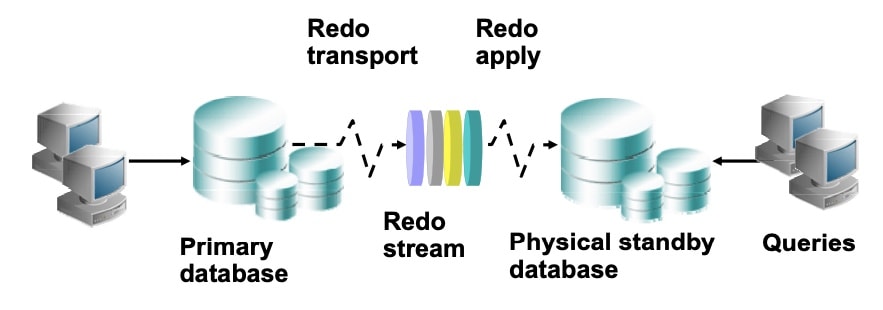 Source: thegeekdiary.com
Source: thegeekdiary.com
The Oracle8i9i Concepts guide puts it like this. The storage for temporary tables is allocated entirely from the temporary tablespace. The rows you insert into it are visible only to your session and are automatically deleted ie TRUNCATE not DROP when you end you session or end of the transaction depending on which ON COMMIT clause you use. The Oracle8i9i Concepts guide puts it like this. Even more than that there is no current version and read consistent version of the temporary blocks.
 Source: pinterest.com
Source: pinterest.com
However you can use the TEMP_UNDO_ENABLED initialization parameter to separate undo for temporary tables from undo for persistent tables. Undo logs that reside in the temporary tablespace are used for transactions that modify data in user-defined temporary tables. SET AUTOTRACE ON STATISTICS. Analysis of the redo log contents using logminer showed that it produces over 90 of the redo logging and increases the amount of redo produced by more than 10-50X. The biggest change is to create the table at deployment time not at runtime.
 Source: docs.oracle.com
Source: docs.oracle.com
A GLOBAL TEMPORARY table has a persistent definition but data is not persistent and the global temporary table generates no redo or rollback information. A GLOBAL TEMPORARY table has a persistent definition but data is not persistent and the global temporary table generates no redo or rollback information. As we are aware that undo records for temporary tables are stored in the undo tablespace and therefore logged in the redo. Performing DML on a Global Temporary Table doesnt generate redo because the data is stored in a temporary tablespace but it does generate undo which in turn will generate redo since the undo is stored in a permanent tablespace. If you direct path the global temporary table insert APPEND you can bypass undo ON THE TABLE - but not on the indexes.
 Source: tekdba.wordpress.com
Source: tekdba.wordpress.com
Blocks in a temporary tablespace are not proteced by redo so nologging is on by default as you say. ———— The UNDO logs currently reside in the system-tablespace or in dedicated undo- tablespaces undo tablespaces are configurable by user and are optional for all objects created in system. The Oracle8i9i Concepts guide puts it like this. CREATE GLOBAL TEMPORARY TABLE my_temp_table id NUMBER description VARCHAR220 ON COMMIT PRESERVE ROWS. Performing DML on a Global Temporary Table doesnt generate redo because the data is stored in a temporary tablespace but it does generate undo which in turn will generate redo since the undo is stored in a permanent tablespace.
This site is an open community for users to do sharing their favorite wallpapers on the internet, all images or pictures in this website are for personal wallpaper use only, it is stricly prohibited to use this wallpaper for commercial purposes, if you are the author and find this image is shared without your permission, please kindly raise a DMCA report to Us.
If you find this site beneficial, please support us by sharing this posts to your favorite social media accounts like Facebook, Instagram and so on or you can also bookmark this blog page with the title temporary tables and redo by using Ctrl + D for devices a laptop with a Windows operating system or Command + D for laptops with an Apple operating system. If you use a smartphone, you can also use the drawer menu of the browser you are using. Whether it’s a Windows, Mac, iOS or Android operating system, you will still be able to bookmark this website.





